For most organizations, an empty spreadsheet is not a good sign. For the North Shore Black Bear Society – and others who care about wildlife conservation – there is a strong sense of relief when one particular sheet remains empty, showing that no black bears have been killed on the North Shore in 2020. By the end of April last year, there had been two entries for killed bears on the North Shore, and by end of the year, the number had climbed to 14. That’s too many! Each year, the North Shore Black Bear Society hopes to have fewer numbers of dead bears to record.
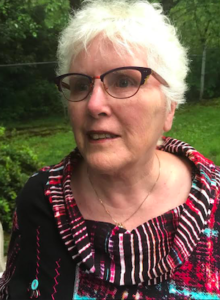
The locations of bear sightings and the trapping, and subsequent killing, of bears have annual similarities. Why? Because many of our beautiful communities are next to forested areas, ravines or waterways. Every year, including 2020, reports of bear sightings and bears getting into household waste are received in the Grousewoods area at the base of Grouse Mountain, and in neighbourhoods near the Capilano River and Lynn, Mosquito, Hastings, McCartney and Taylor Creeks. Early reports in West Vancouver often start near Godman, Westmount, Rodgers, McDonald, Brothers and Houlgate Creeks, and on the west side of Capilano River.
These protected waterways are natural corridors for black bears, and they can cover a lot of area by travelling in the safety of the green spaces. They show up in different residential areas along the way to forage for accessible foods, primarily household waste and bird food (seed and suet).

When their very effective noses lead them to some food in the community, they will venture out further and return to supplement the natural foods in the green spaces throughout the season.
Herein lies the problem. As bears move near and through residential areas, they locate unnatural food sources, and some surprised residents sound the alarm bells, usually as a result of a lack of information and understanding of bear behaviour and human responsibilities. Some people do not recognize or accept their important responsibilities to avoid inviting bears near their homes.
One resident who calmly reported a bear sighting recently, lives right next to the forest in upper North Vancouver. She and her husband have lived there for 56 years, and they have seen so much wildlife over the years and they are used to co-existing. They have no food outside for wildlife and they just admire them passing by. Unfortunately, over the years, many people have moved onto their street because of the beautiful view without understanding that they are located right next to an expanse of natural habitat that is home to wildlife.
This natural habitat, like most others on the North Shore, is now being used more extensively by hikers, mountain bikers and dog walkers. This adds a lot of stress to the bears who want to eke out a living with food and water in a safe environment.
For all residents and visitors to the North Shore, it is incumbent on us to inform ourselves and learn how to respect and preserve our precious wildlife. Bears have learned to be very tolerant of a growing number of people they encounter, and humans need to increase their tolerance of bears by increasing their knowledge and understanding. Plenty of helpful information to guide and support the coexistence of people and wildlife is available on the websites of the three North Shore municipalities and the North Shore Black Bear Society.
Christine Miller is Executive Director of the North Shore Black Bear Society.




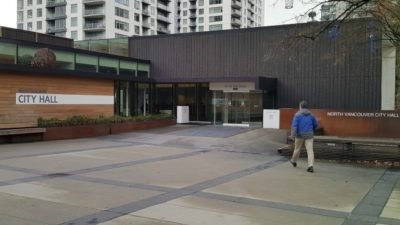
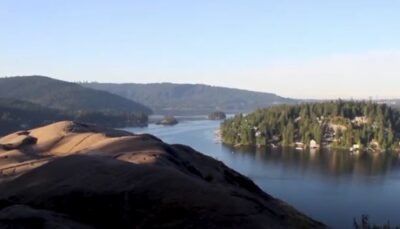
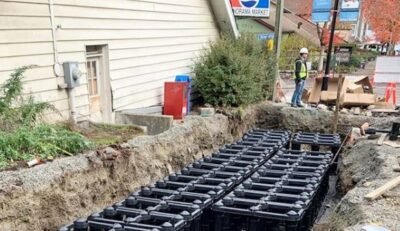
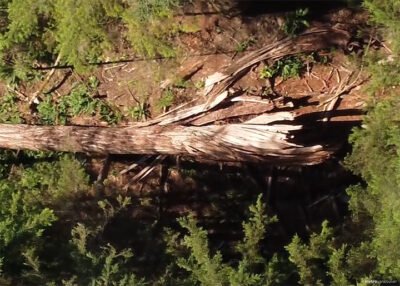

Comments
NOTE: The North Shore Daily Post welcomes your opinions and comments. We do not allow personal attacks, offensive language or unsubstantiated allegations. We reserve the right to edit comments for length, style, legality and taste and reproduce them in print, electronic or otherwise. For further information, please contact the editor or publisher, or see our Terms and Conditions.